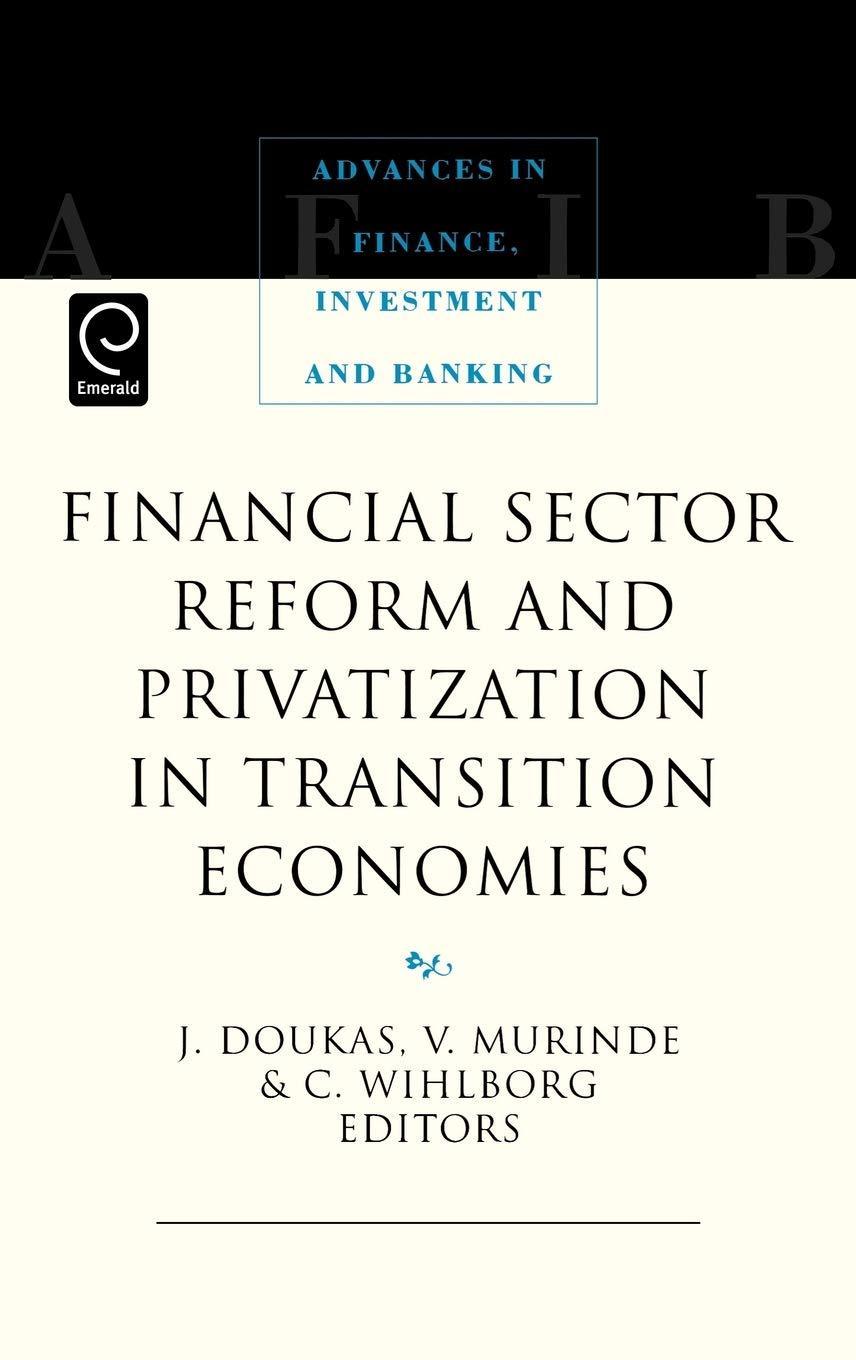Question
With diversification it is possible (select one): a. to reduce the risk to systematic risks. b. that the return of the portfolio will be higher
With diversification it is possible (select one):
a. to reduce the risk to systematic risks.
b. that the return of the portfolio will be higher than the return of the most profitable investment in the portfolio.
c.the coefficient of variance of the protfolio will be higher than the coefficient of variance of the highest risk investment
d. All of the above is true.
Holding everything else constant, increase in beta (Select one):
a. suggests, that the returns of the investment is less exposed to market changes.
b. will lead to decreasing required returns.
c. suggests that the unsystematic risk is lower.
d. will lead to increasing required returns
The IRR of project 'A' is 15%, the IRR of project 'B' is 20%. The crossover rate is 12%. Which statement is false? (Select one):
a. with 12% WACC the projects are equally good
b. with 10% wacc project 'A' is better
c. with 14% wacc project 'B' is better
d. with 14% wacc project 'A' is better
.Which factor does not influence the risk of a portfolio? (Select one):
a. The correlation of returns of the stocks in the portfolio.
b. The weights of the stocks in the portfolio.
c.The independent returns of the stocks in the portfolio,
d. The independent standard deviations of the stocks in the portfolio.
Which of the following statement is FALSE (Select one):
a. The more cash a firm uses to repurchase shares, the less it has available to pay dividends.
b. We estimate a firm's current enterprise value by computing the future value (FV) of the firm's free cash flow.
c. We can interpret the enterprise value of a firm as the net cost of acquiring the firm's equity, taking its cash, and paying off all debts.
d. Free cash flow measures the cash generated by a firm before payments to debt or equity holders are considered.
Which statement is TRUE regarding WACC? (select one):
a. Interest payments after loans increase the taxable income while the cost of equity has no impact on income.
b. The cost of bonds decreases the taxable income while the cost of equity does not influence the taxable income.
c. The cost of bonds increases the taxable income while the cost of equity decreases the
taxable income.
d. The cost of bonds decreases the taxable income while the cost of equity increases the taxable income
Step by Step Solution
There are 3 Steps involved in it
Step: 1

Get Instant Access to Expert-Tailored Solutions
See step-by-step solutions with expert insights and AI powered tools for academic success
Step: 2

Step: 3

Ace Your Homework with AI
Get the answers you need in no time with our AI-driven, step-by-step assistance
Get Started


